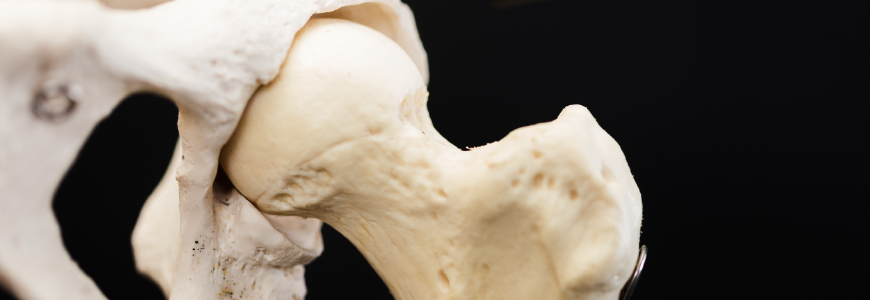New approaches to treatment for Legg-Calvé-Perthes disease may give patients hope of avoiding surgery, says pediatric orthopaedic surgeon and hip preservation specialist Amy L. Behman, MB ChB, PhD. Most commonly seen in children between the ages of four and eight, the idiopathic disease occurs when blood supply to the femoral head is compromised. The bone then dies, becomes soft, and collapses. When blood supply is restored, the bone remineralizes, sometimes in a deformed shape.
Early treatment is important for the best outcomes. “We want to catch Perthes in childhood and treat patients early in the disease course,” Behman says. “Ideally, taking good care of children with Perthes disease prevents extensive surgery in adulthood.”
Treating Perthes disease
The most common symptoms of Perthes disease are pain and a limp. Children may not complain of pain, but parents may notice a limp, especially after increased activity. Some children complain of referred pain in the knee or groin. The symptoms often improve with rest but will recur.
Traditionally, treatment included long non-weightbearing periods, but this inactivity has a negative impact on children physically, mentally, and socially. The newer treatment model only uses short non-weightbearing periods, with an emphasis on maintaining range of motion and modifying activities to avoid high-impact activities.
Early treatment is critical to help prevent the femoral head from deforming while the bone is soft, Behman says: “To maintain the spherical shape of the femoral head during this phase, we want to keep it moving many different directions. We also need to limit impact, including jumping and bouncing.”
Early intervention is key
If lifestyle changes and exercises don’t help, or Perthes disease is diagnosed later, surgery may be indicated. “From a surgical perspective,” Behman says, “diminishing range of motion is usually one of the first signs things are progressing in a negative direction.” The first, minimally-invasive treatment involves releasing the tendons inside the groin through a small incision. The legs are then held in that position with casts for a few weeks.
Without treatment, the femoral head deforms and loses congruence with the hip socket. The deformed bone tears the cartilage on the femoral head as well as the socket, resulting in arthritis and possibly requiring early hip replacement. This also increases the risk of needing another hip replacement later in life, which typically has poorer outcomes and more complications.
Behman’s dual fellowship in pediatric orthopaedics and hip preservation gives her a full view of the course of the disease. In addition to pediatric Perthes disease patients, Behman also treats adults with deformed femoral heads who may have had untreated Perthes disease as a child. Adult patients may require more extensive reconstructive surgery if their Perthes disease went untreated.
“With Perthes disease, early referral is best,” says Behman. “If a child is limping for six to eight weeks without a clear cause and has limited abduction, referral would be very reasonable.”


